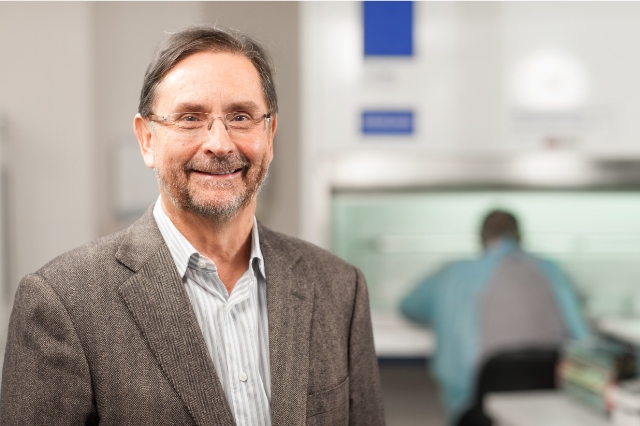Transplant unit celebrates 20th anniversary

The Wesley Hospital’s Leukaemia Foundation Bone Marrow Transplant Unit was a pioneering project of its day. The unit includes a completely integrated cancer care facility – the first of its kind housed in a Queensland private hospital. We talked to the Director, Dr John Bashford, about the growth of the unit over the past 20 years.
Ground-breaking in its day, The Wesley Hospital’s Leukaemia Foundation Bone Marrow Transplant Unit was the brainchild of a group of oncologists who formed the idea to build the facility in the early 1990s. They set about raising funds and forming relationships between Icon Cancer Foundation, the Leukaemia Foundation, Sullivan Nicolaides Pathology and The Wesley Hospital.
Formed in 1996 as a collaborative effort, the Bone Marrow Transplant Unit houses facilities unseen anywhere else in the private sector. The unit boasts specialised nursing and surgical staff, a scientific laboratory and a custom-designed nine-bed isolation ward for patients' recovery.
“We remain the leading private sector-run stem cell transplant unit, and we are one of the busiest – public or private,” says Dr John Bashford, one of the original founders of the unit. “This is an important part of history because it’s a great example of what people can do as a team. We have built something that is successful and is relatively uncommon in the private sector.”
Dr Bashford has seen first-hand the evolution of the stem cell transplant field throughout the years, with his postgraduate trainee fellowship focusing on what was then a new technique to treat cancers. Over 1000 transplants have been performed in the unit over the past 20 years, and the success rate is always improving. Before transplants, the average survival length for a multiple myeloma patient was two years. It now exceeds eight years, due in part to both stem cell transplants and the introduction of a number of new drugs.
“What was very experimental in the 1990s is now standard practice. There is still continual improvement in the field, particularly in the supportive care of the unit, such as the treatment and prevention of infection, and new drugs. There has also been a lot of refinement of what is the right setting to do stem cell transplants.”
Over the past 25 years, Dr Bashford has overseen many remarkable cases in the field and knows that often, the transplant procedure gives his patients a second chance at life.
“The thing that is very striking about cancer is that it targets normal people. It’s not a self-induced disease, and so you have the pleasure of working with people who are committed to fighting back. It’s also been an exciting area scientifically, and that continues. The combination of humanity and science are the most interesting facets of what we do.”
Infection can be a major complication of the transplant, with about 70 per cent of patients catching an infection. The unit’s isolation ward is the best defence against putting patients at risk.
“It’s the protection of the specially-designed rooms that matters. Frankly, they protect patients against doctors and nurses more than anybody else. They provide a barrier against rest of the hospital. We are very strict about staff patients and visitors around things like the cold or flu virus, as influenza has a 25% mortality rate for these patients.”
With such a history of scientific breakthroughs in the transplant field, Dr Bashford knows that the role of transplants in cancer care will still be relevant for years to come, despite some predicting the death of the technique.
“As long as I have been a physician there have been colleagues that have predicted the end of transplantation. With new targeted biological therapies the prediction had been that that would be the effect. However, transplants still allow us to treat people with blood cancers more successfully than we could 20 years ago. We have the ability to assist our patients’ bodies to attack cancer cells left behind.
“In the future, it will be part of a total therapy approach that involves immunotherapy and new targeted drugs.”
Photo credit: Icon Cancer Foundation














